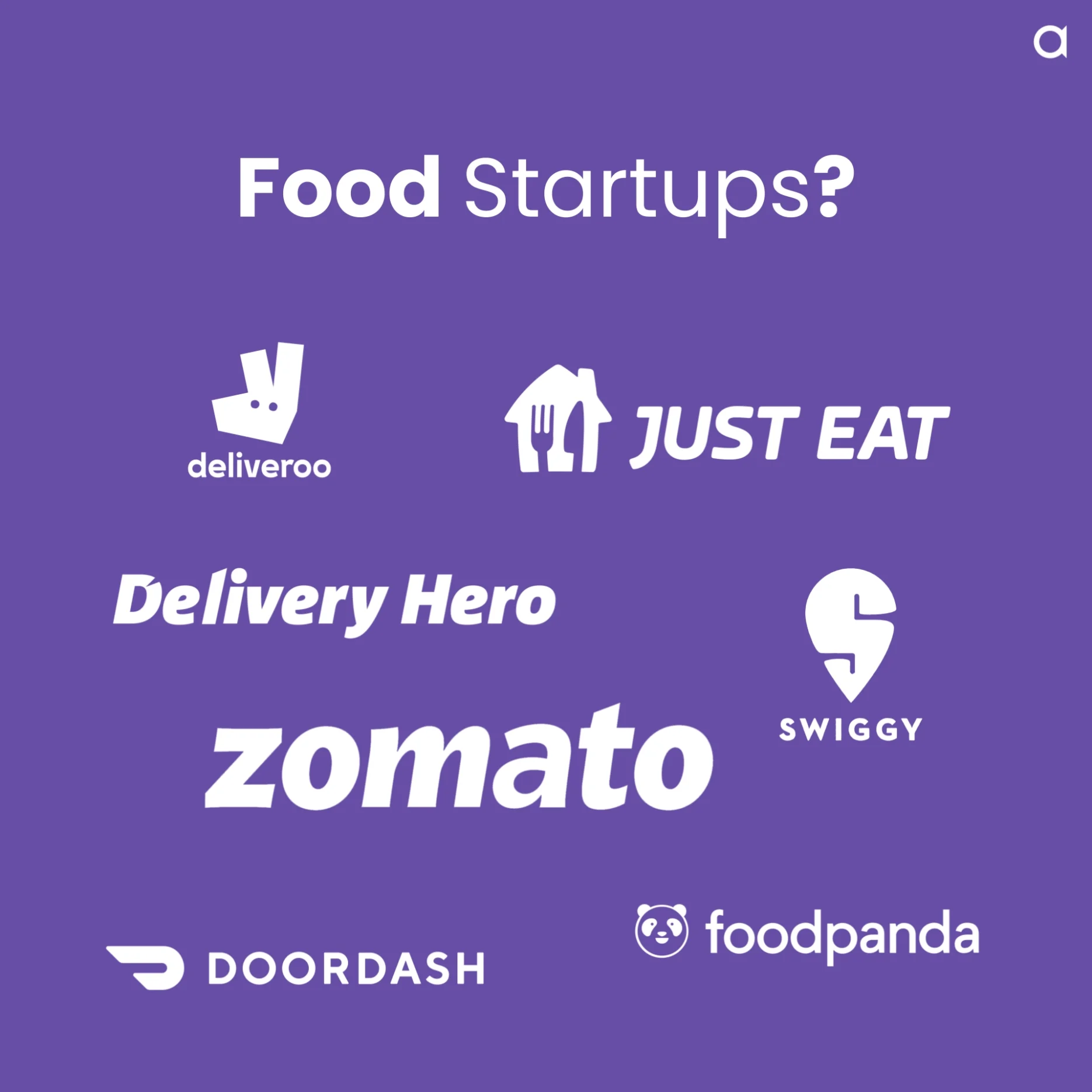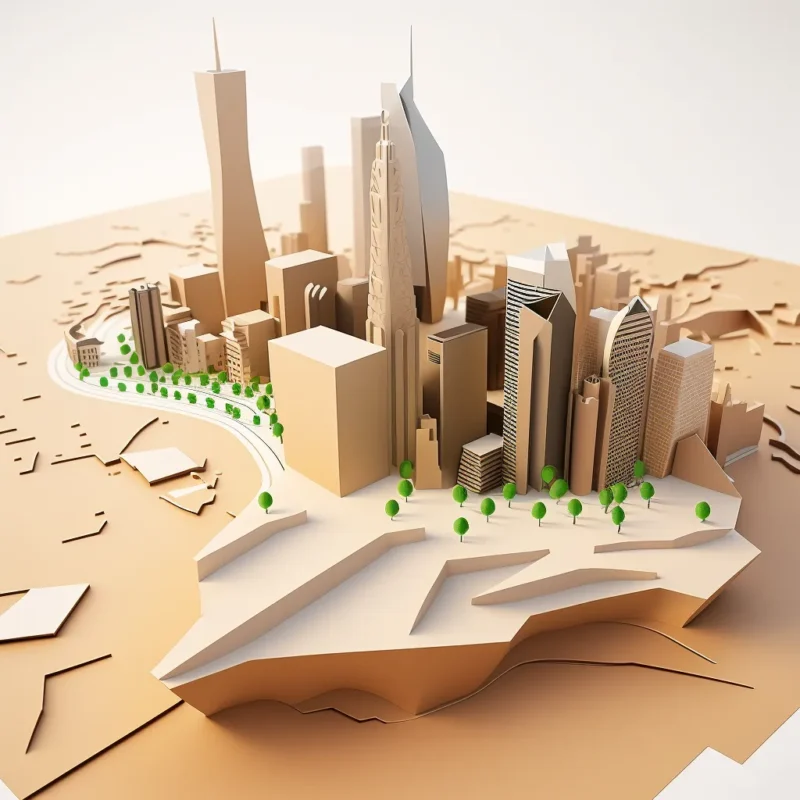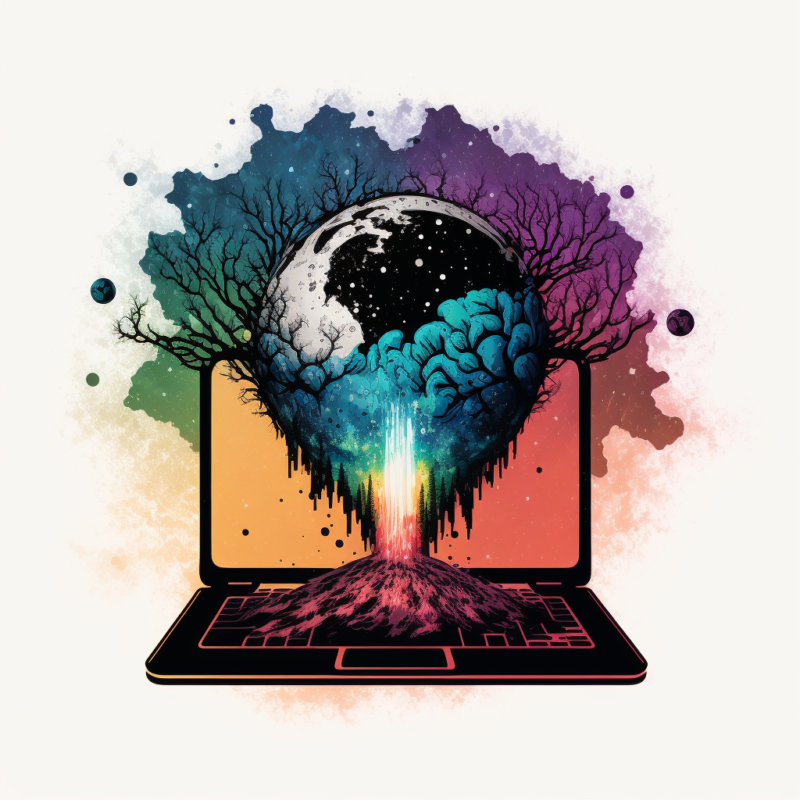
Fifteen years ago, did you ever think that a simple act of ordering food could result in someone becoming a billionaire? You would have probably said—“food startups? You mean a restaurant?“
FoodTech has emerged from the laziness of humans. That‘s inaccurate as FoodTech is not only about food delivery. However, a mobile application that connects restaurants to consumers is now a very common business case study in business schools.
FoodTech, on the other hand, is any integration between food and technology. For instance, one of the brightest companies in the field is FarmWise. They simply use artificial intelligence to help resolve challenges in food production.
What‘s quite interesting about this industry is the fact that it‘s quite long-lasting. Compared to the energy industry’s oil sector, food tech is an emerging industry that will thrive for quite a long time.
Adding to that, we, as humans, get bored with what we eat quite often. Hence, when you hear about one of those new food startups, you already get intrigued—“How could they provide an even different experience? Bubble tea? What‘s that?“
Almost all entrepreneurs that I‘ve met thought about having a share in food startups one day or another. Hence, if you‘re thinking of tapping into that market, it is a wise thing to think of. Let‘s talk steps.
Food Startups—Where, for heaven‘s sake, do you begin?
I‘ve said it before, but I‘ll say it again: market research is stage zero of this conversation. You need to know what UberEats just did. You need to be aware of how a food startup uses virtual reality(Possibly, do not be surprised.)
Thereby, let‘s do this. You need to get into researching the latest figures. Whether you are starting a food startup or just crafting a plan for one, this is essential. The beauty of the F&B (food and beverage) industry is that it is always supported by giant research firms.
Let‘s fetch a few examples:
- Deloitte: Future of food—Developing a roadmap for success in the changing food ecosystem
- McKinsey: Next on the menu for food delivery
That took me close to 120 seconds. Hence, if you are serious about knowing more about this industry, consume more than 120 seconds and get more references in regards to this industry.
Alright, now let‘s discuss how to craft the ultimate market research. For you to actually have a better picture and possibly build a unicorn.
Suggested Content for market research on food startups
- Customers Analysis
- What, when, where, and how do they buy?
- Customer behavior
- Demographics
- Social Trends
- Surveys
- Competitors Analysis
- Existing and Potential
- Direct and indirect
- Social Media Performance
- Pricing
- Products
- Marketing and Advertising
- Websites
- Branding
- Suppliers
Customers Analysis — Who is using food startups?
What, When, Where, and How They Buy.
Customers are the backbone of any business. The better you understand them, the better you can develop products that satisfy their needs and wants. One way to gather customer information is by conducting interviews or surveys. You can ask people about their preferences and attitudes toward certain things like your product or service, its price point, etc. These data types will give you a good idea of what customers think about your product or service and whether it solves an existing problem for them.
Customer Behavior
This is the other way to get information on your customers. This includes things like how they use your product or service and what kind of impact it has on their lives. It can also involve observing people in their natural environments, such as when they are using your product for the first time or interacting with others who use it too.
Demographics
This means you can get information on your customers, such as their age, gender, occupation, etc. This will give you a picture of who they are and what they do in their everyday lives. Demographics can be very helpful when it comes to marketing your product or service if you know what kind of person is likely to buy it.
Social Trends
Social trends are important because they can affect the way your business operates. For example, if you are selling skateboards, it might be a good idea to know what kind of trends are going on in the skateboarding world to cater to them. It could also help you predict how long the trend will last and whether it will still be popular in a few years’ time.
Surveys
Surveys are a great way to find out what people think about your product or service and how they would improve it. For example, if you have just launched a new website design, you could send out an email asking people what they thought of the new look.
Competitors Analysis — Who are the market players amongst the food startups?
Existing and Potential food startups
This is a good place to start. For example, you can also look at Australia’s top 10 food startups. And remember, if it’s not on Google or Instagram, it doesn’t exist! Keep an eye on what people say about your competitors and use this information to improve your business strategy. For example, if people think that one of your competitors is more innovative than you are, then you should try and find ways to be competitive.
Direct and Indirect
Who are the direct and indirect competitors in your industry? If you’re starting a bakery, then it would be wise to look at other bakeries. But you should also consider those who provide similar products and services, such as cafes (for coffee).
Social Media Performance of food startups
A common mistake made by many food startups is that they focus too much on social media. This can be incredibly frustrating because you’re working hard at creating a great product, but it doesn’t sell itself! You need to consider how people will find out about your business and ensure that this includes more than just posting updates on Facebook. For example, if you have a website showcasing all of your products, people may not even know that you have an Instagram account.
Pricing
Pricing is always a tough topic, but it’s especially important for food startups because you don’t want to lose money. If you price your product too low, people won’t think it’s worth the cost. However, if you price your products too high, customers may not buy anything from your business. They can vary greatly in terms of price, but you should always keep your prices reasonable. For example, if you sell a sandwich for $10 and it only costs you $2 to make the sandwich, then that’s not really a good deal for anyone involved.
Products
Food startups can have products that are smart and technological. Alternatively, they could have products that have been existing for a hundred years. The product variety here is quite large. You will need to research what products are offered by your competitors and their future plans.
Marketing and Advertising
Marketing a food startup is a lot of work; you’ll need to do some marketing and advertising to get your company off the ground. You can market your business in many different ways, but it all depends on what type of product you sell. For example, if you sell bakery items, it would make sense to advertise in local newspapers or magazines. However, if you sell sandwiches that are made fresh each day, then perhaps advertising on social media would be more appropriate.
Websites
You’ll need to have a website for your business, even if it is just a basic one. This will allow customers to find you and place orders online and learn more about who you are and what you do. You can use something like WordPress or Squarespace to create a website that is easy for anyone to navigate through.
Branding of typical foods startups
Branding is usually very simple and straightforward, but you can also use different colors or fonts to make your brand stand out. When creating a logo for your company, find one that is memorable and easy to read from a distance.
Suppliers
You will have to find suppliers for all of your ingredients and packaging materials. If you are selling fresh produce, then you will need to find a local farmer who can grow it for you or buy it from one.
Final Remarks
Dedicate time to it, and you’ll be more than capable of creating stunning research. Once you have that, you will be ahead of your game.
If you do not have the time for it and prefer to work with someone on it. Here’s how long it would take and all other associated information.
A document detailing the industry in which your business is, including market size, trends, competitor analysis, SWOT analysis, market segmentation, and any other relevant information.
| Timeframe | 15 days | |
| Budget | $500 | |
| Design | Included | |
| Questions? |
The Freelancer Behind This Service
A pitch deck writer’s most important aspect is understanding you and what you are trying to say. While that sounds quite obvious, it requires years of experience.
My objective is to open up your mind and sit inside there for a while to understand what’s going on. Then I’d be fully able to help you with your investment or business document
I’m Sam, and you can easily contact me through my email for any questions: sam@albusi.com
Finally, if you are looking for a different consultant, I would recommend you check this page.
For further information and updates about our offers, check Albusi’s LinkedIn page.






